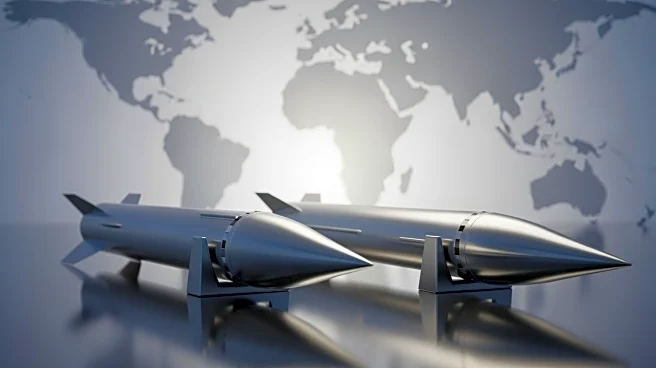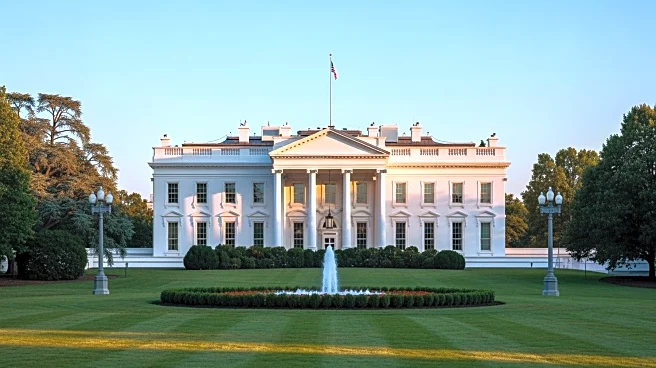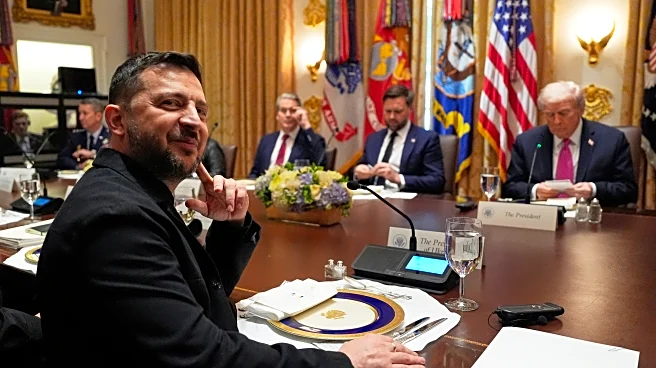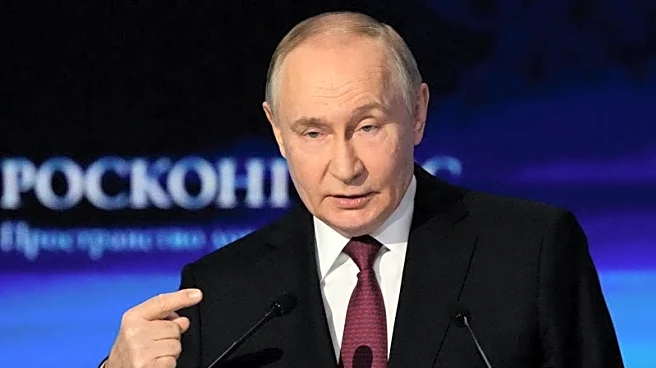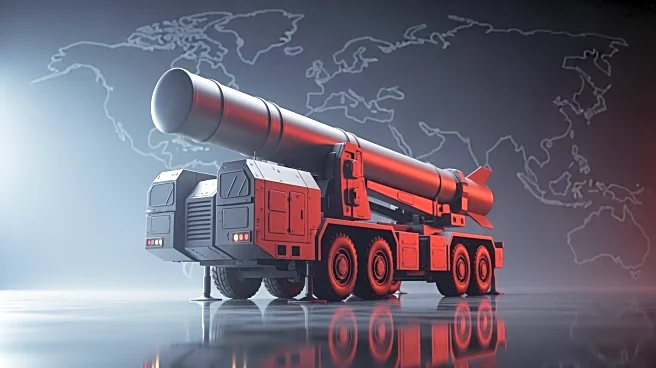What's Happening?
President Trump recently held a tense meeting with Ukrainian President Zelensky, where he expressed reluctance to provide long-range Tomahawk missiles to Ukraine. The meeting, which lasted 2.5 hours, ended
abruptly with Trump indicating future talks with Russia. This development comes as Ukraine continues to engage in military operations against Russian forces, including striking a critical power grid substation in central Russia and an ammunition depot on the Kinburn peninsula. Meanwhile, a local ceasefire has allowed repairs at the Zaporizhzhia Nuclear Power Plant, highlighting ongoing efforts to maintain nuclear safety amidst the conflict.
Why It's Important?
The shift in President Trump's stance on Ukraine could have significant implications for U.S. foreign policy and its role in the ongoing conflict. By withholding military support, the U.S. may alter the balance of power in the region, potentially affecting Ukraine's ability to defend itself against Russian aggression. This decision could also impact U.S. relations with NATO allies and influence global perceptions of American commitment to international security. The situation underscores the complexities of diplomatic negotiations and the challenges of maintaining strategic alliances.
What's Next?
President Trump is expected to meet with Russian President Putin in Budapest within the next two weeks, which could further influence U.S.-Russia relations and the broader geopolitical landscape. The outcome of these talks may determine future U.S. actions regarding military support for Ukraine and its stance on the conflict. Observers will be closely watching for any shifts in policy or new agreements that could impact the ongoing war and international diplomatic efforts.





